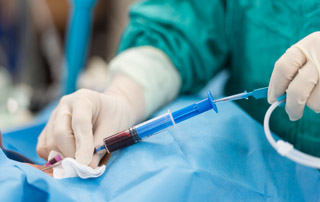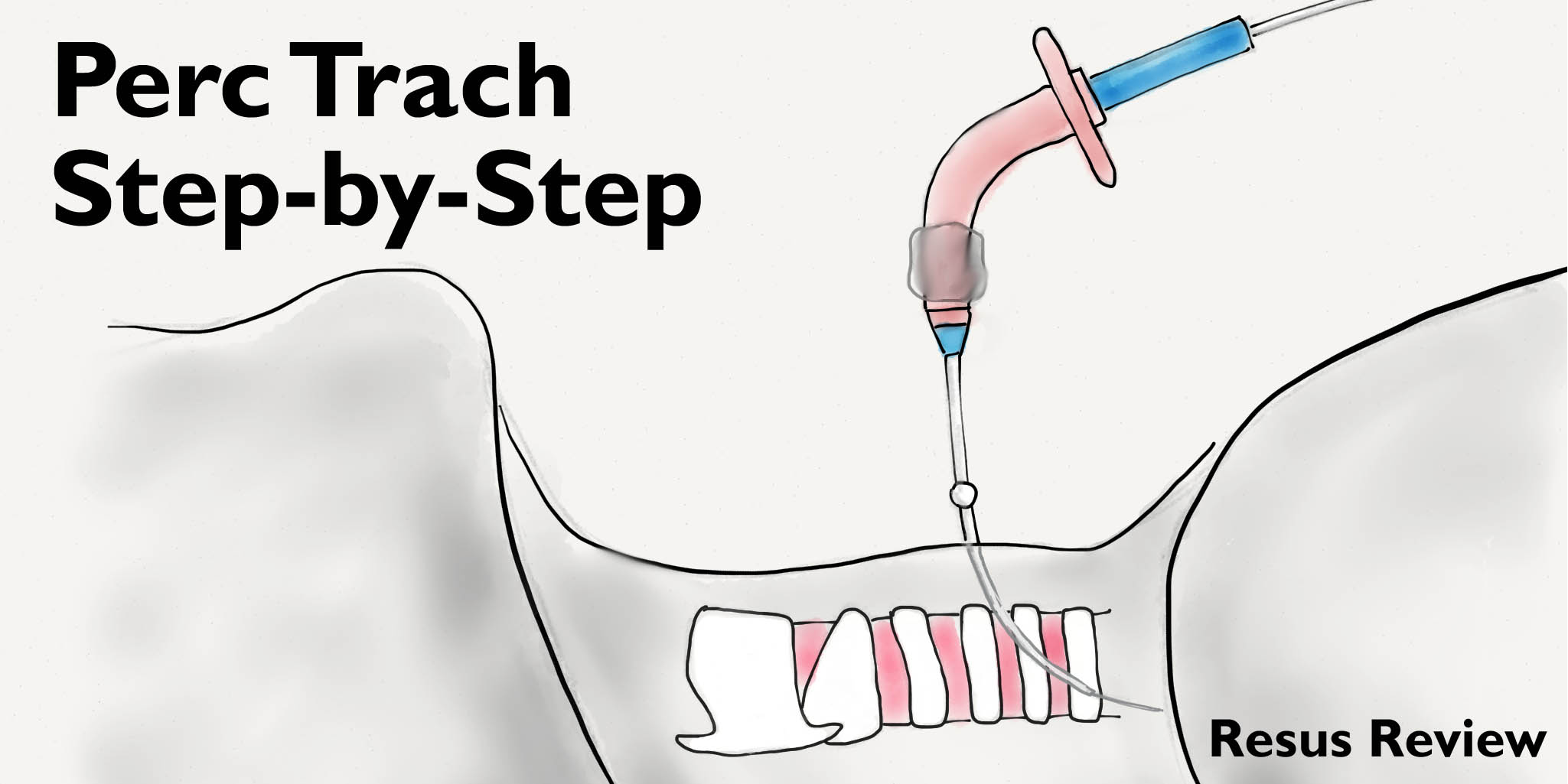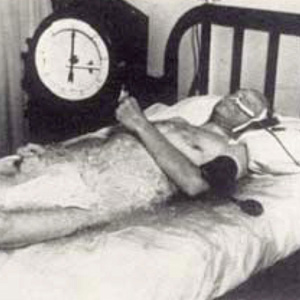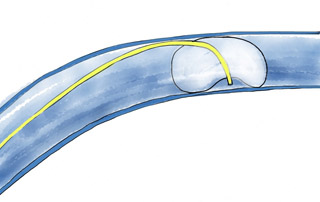The placement and maintenance of central venous catheters (CVC), have received a great deal attention with the goal of minimizing iatrogenic injury to the patient and reduction in the occurrence of catheter related infections. Once the need for the catheter is done, careful attention to removal of the line is still needed to prevent complications for the patient such as bleeding, infection, air embolism, and catheter embolism.
Key elements of this practice include knowledge of how an air embolism can occur. Air can be drawn in along the subcutaneous tract and into the veein during catheter removal. Since catheter removal is often a smooth and continuous process, the amount of air may enter quickly and follow the large vessel close to the heart. Air that enters into the circulatory system can travel to the right side of the heart and into the pulmonary vasculature. Depending on:the amount and the rate of air blockage of circulation can occur and result in circulatory arrest.
Patients need to be in a position below the level of the heart (i.e. HOB Flat) during catheter removal to prevent air embolism. The supine position allows for changes in pressure gradient of the blood/air atmosphere so the entry of air is less favorable.
Additionally, asking the patient to turn their head and hold their breath or perform the valsalva maneuver creates increased intra-throacic pressure. Pressures increase from 3-4 to 60mmHg decreasing HR and blood return and increasing CVP. These pressure and hemodynamic changes prevent air from enter through the opening of the skin.
“The frequency of venous air embolism related to CVAD is 1-47 to 1-3,000 with a modality rate of 23-50%”. For this reason air embolisms are an Adverse Health Event and are reported to the State and CMS.
Inspection of the catheter tip is another key element with central line removal. If a piece of the catheter is missing during removal watch for patient distress as this is an embolic situation.
What to watch for following removal of a CVC? Changes in mental state, heart rate, blood pressure, respiratory rate, can suggest air embolism. If an embolism is suspected position the patient on their left side in the trendelenburg position and call for additional assistance.
An occlusive dressing and petroleum at the insertion site are other interventions to provide to prevent later air entry.





Contribute your thoughts.